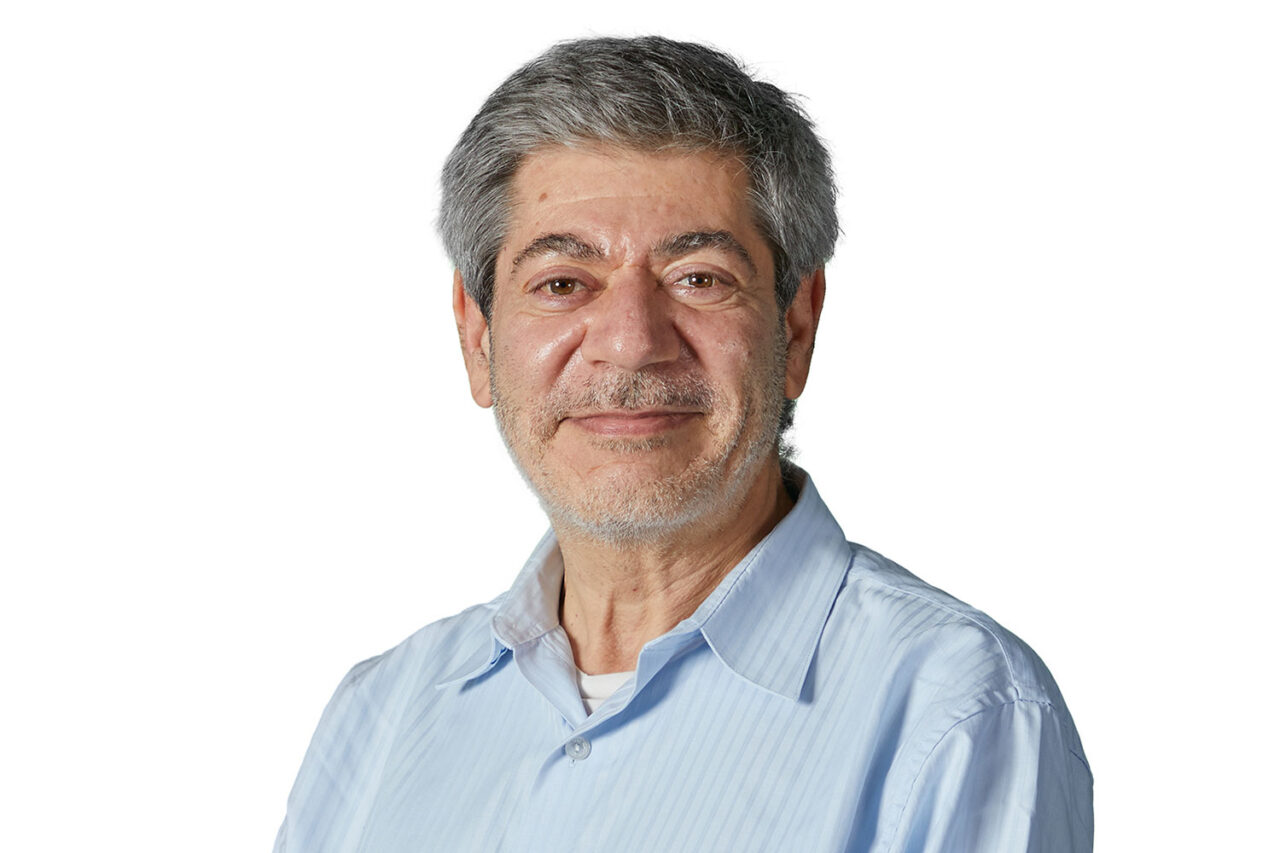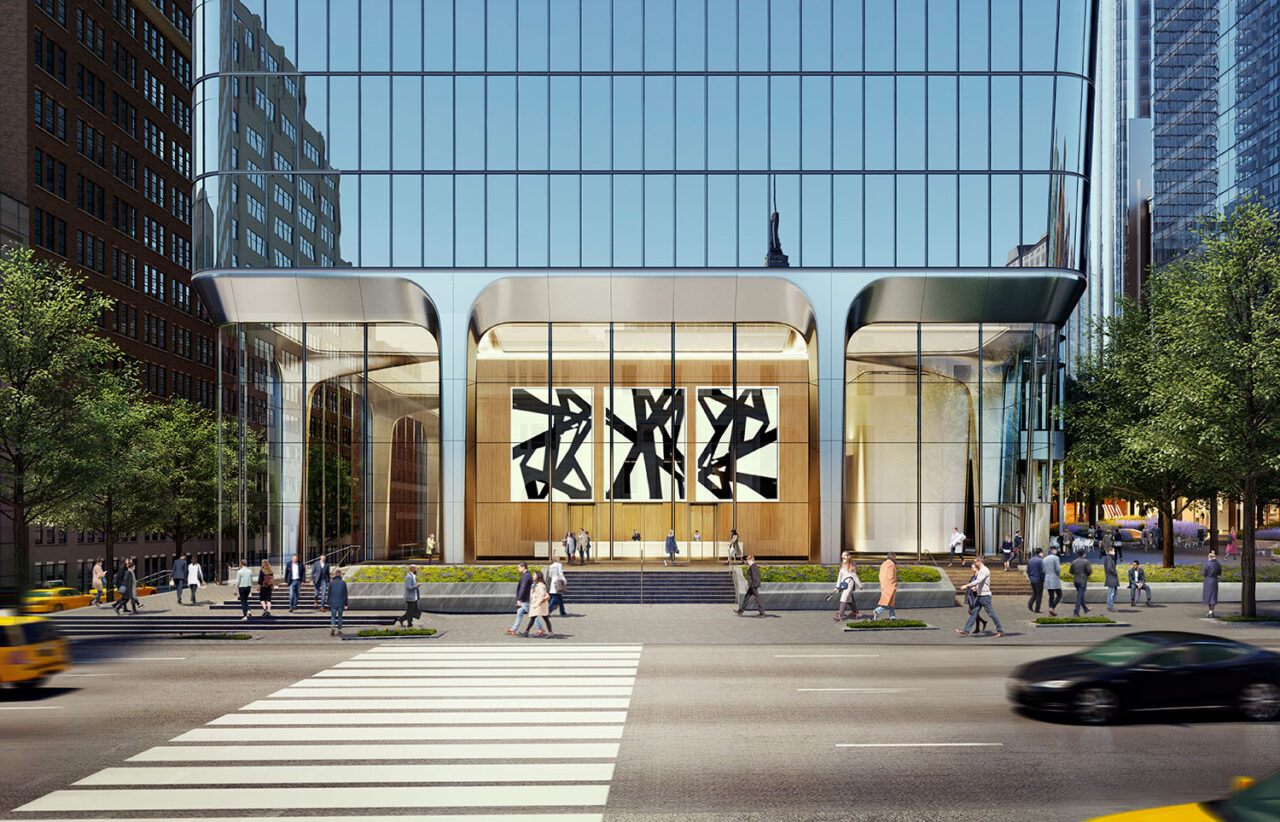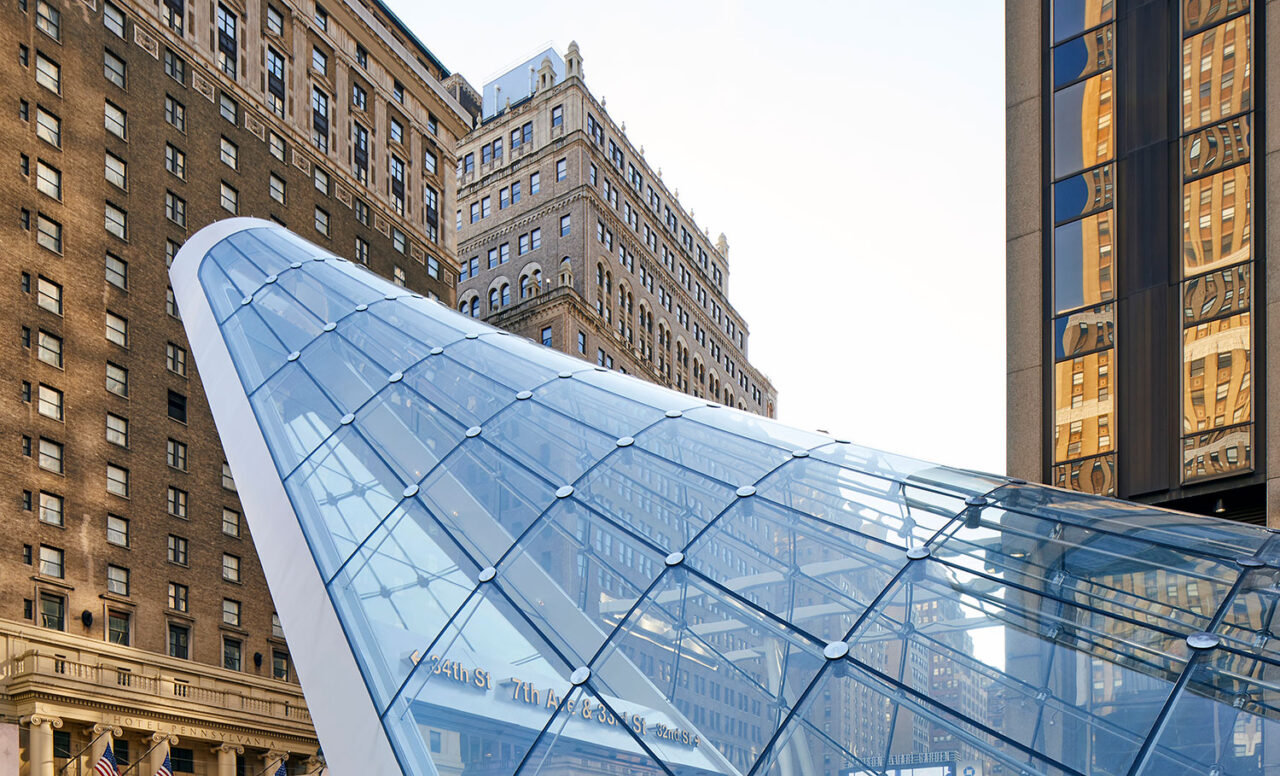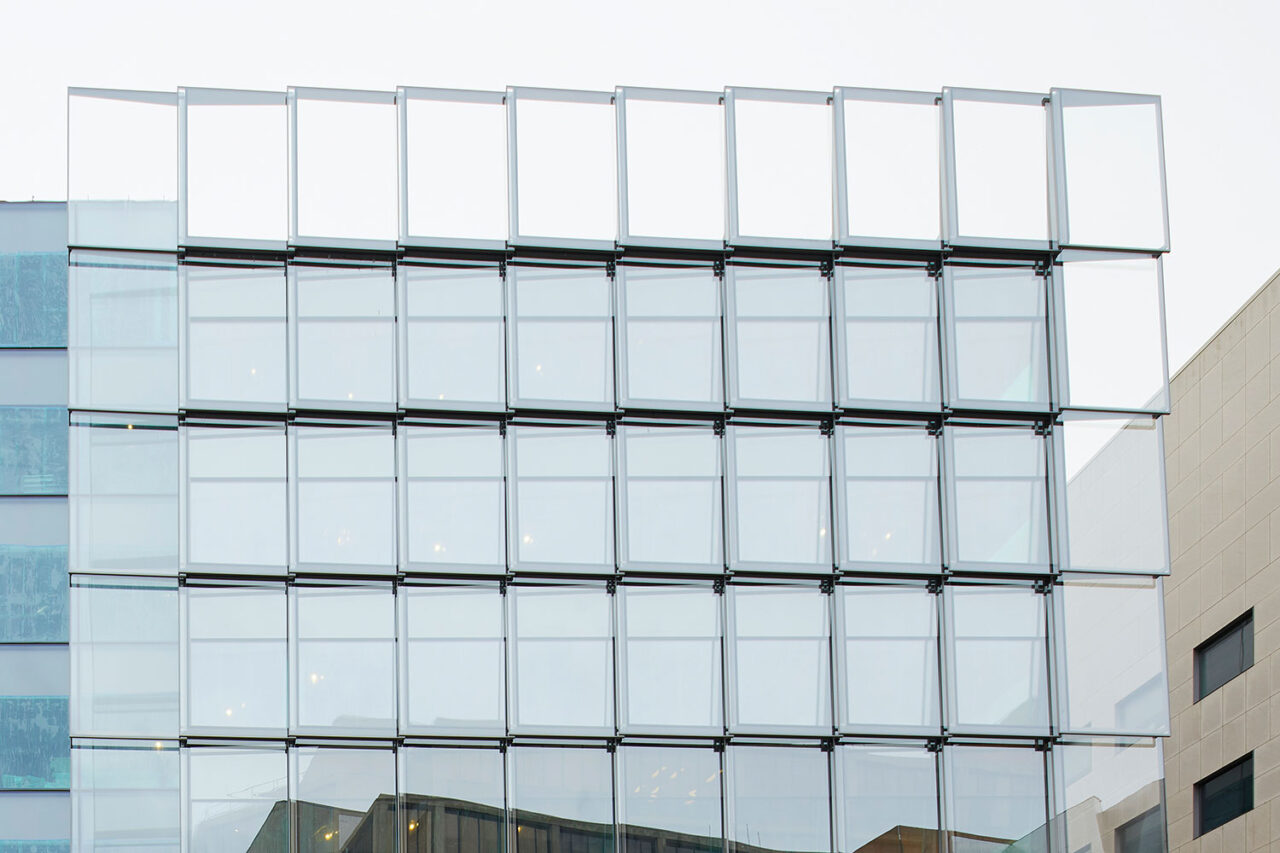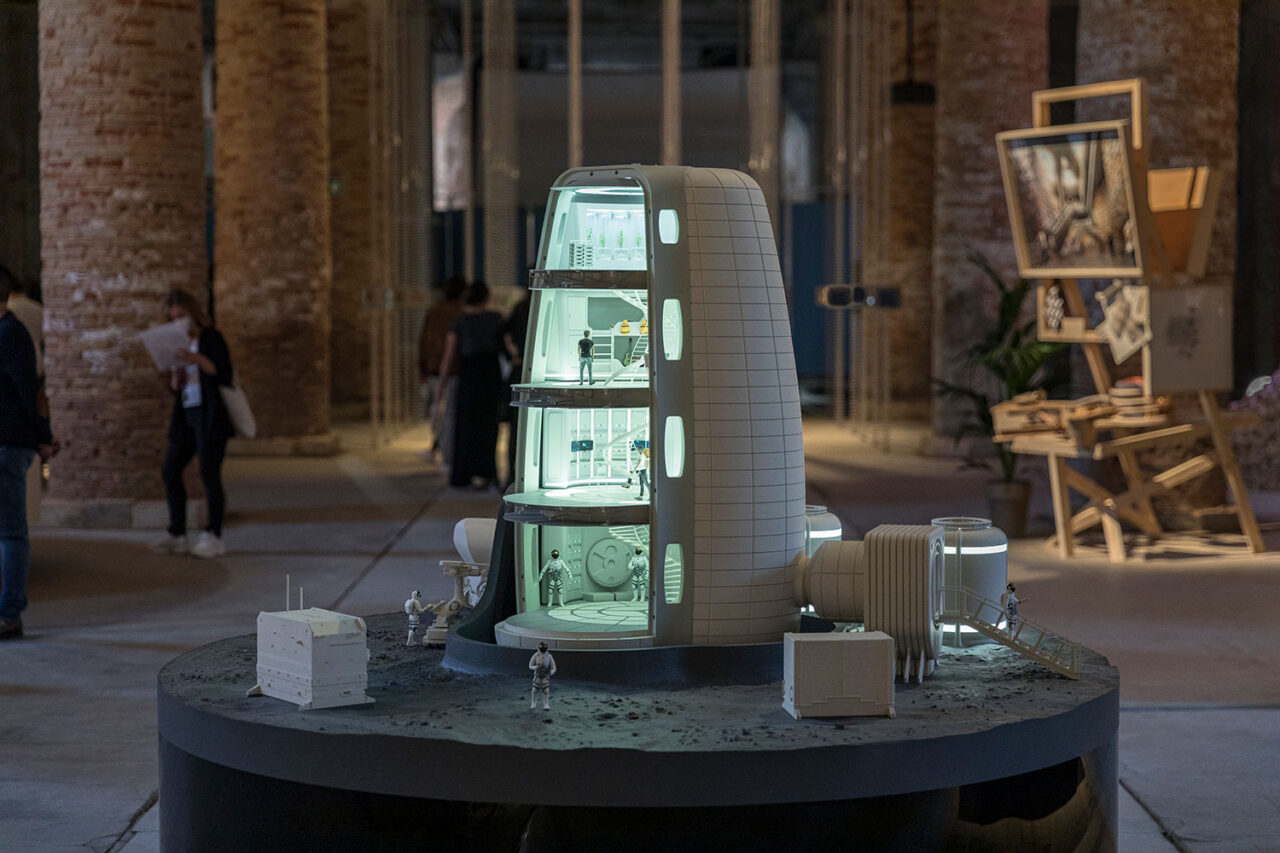by: AIA New York
Neil Katz, FAIA, is an architect with Skidmore, Owings & Merrill who has pioneered the adoption of computational design in contemporary practice and has served as an ambassador for its application in architecture through the built environment, interdisciplinary collaborations, and teaching. He has used computational design as a methodology in developing architectural forms (simple and complex geometry) and as a way of analyzing and designing in response to many project goals, including environmental and sustainability goals. Katz approaches computational design, aspects of which include algorithmic and parametric design as well as building information modeling (BIM), as both a way of thinking about design and of using and developing tools for design. Katz also teaches computational design at the City College of New York.
This year, the Jury of Fellows of the AIA elevated Katz to its prestigious College of Fellows in the second category of Fellowship, which recognizes architects who have made efforts “To advance the science and art of planning and building by advancing the standards of practice,” according to the organization’s definition. Only three percent of the AIA’s membership is distinguished with Fellowship. Katz’s distinction was recently celebrated at the AIA Conference on Architecture in San Francisco, and was also recognized at AIA New York’s Center for Architecture during the 2023 New Fellows Celebration.
Q: How/why did you decide to pursue architecture?
I’ve had a lifelong interest in math and science, and when people (teachers, friends) told me that I should become an architect, I never questioned it. Of course I didn’t realize what it meant to “be an architect” until college, and, arguably, not even then. During college I was actually disappointed that there wasn’t as much “math and science” in the program as I had anticipated. As I was considering switching to engineering, a wonderful teacher convinced me that I could include my interests in my architecture career, and of course she was right. That all of this led to a “unique” career path has so far been very successful.
Q: Do you have a favorite building? Why?
My favorite building is the Cathedral of St. John the Divine, here in New York. Cathedrals have always been experiments in structures and explorations in geometry. They are designed to teach and to inspire. My personal relationship with this particular cathedral is their artist-in-residence program (I have worked very closely with two of these artists on many projects); and their music performances and art exhibitions, so many of which I have experienced. That a building can be so much to so many is remarkable. That it is still “under construction” after 125 years of construction is also extraordinary.
Q: What do you see as an architect’s role—and responsibility—within our culture?
One of SOM’s unique characteristics in the field is the integration of architecture and structural engineering. It has led to a new aesthetic in architecture where the structural aspect of the building has a significant impact on its form and expression. Sustainability and performance are now in a similar role, and a building’s aesthetic is reflective of its environmental behavior. We need to embrace this paradigm, and the tools and processes that use data and analysis as critical inputs to a project’s design. Our impression of a beautiful building will include how well it performs.
Q: What are your thoughts on architectural education today?
One of the most beautiful aspects of education that I remember at Pratt is that students of architecture are taught not only facts, or even “only” how to think, but also how to learn. Learning is a life-long and never-ending activity. Every project has new and unique challenges. Evolving technology requires us to be flexible in how we use design tools and the fabrication of our designs. In teaching design and modeling software for 25+ years, I tend to generalize concepts; the tools I use in my class will likely be obsolete or very different in a short amount of time—students can use what they learn to master these new tools as well; students learn fundamental concepts as they learn tools to apply them.
Q: What are your greatest sources of inspiration?
I end just about every presentation I give about my work with a slide showing many inspirations, including heroes (like Gaudi, Escher, Neri Oxman, Bill Baker, Haresh Lalvani) and images of nature, mosques and cathedrals, art, and music—and the message is: so many things and people can be an inspiration and even career- or life-changing. Inspiration can be visual, but can often be deeper—for example, being inspired by a natural process in a leaf rather than the visual appearance of the leaf (of course they’re related). Using a tool can be an inspiration in design—often the process of performing a task using Lisp in AutoCAD or Grasshopper in Rhino inspires a new idea about the design.
Editors’ Note: This feature is part of a series celebrating the members of the American Institute of Architects (AIA) New York Chapter who are elevated each year to the AIA College of Fellows, an honor awarded to members who have made significant contributions to both the profession and society. Learn more about Fellowship here.








